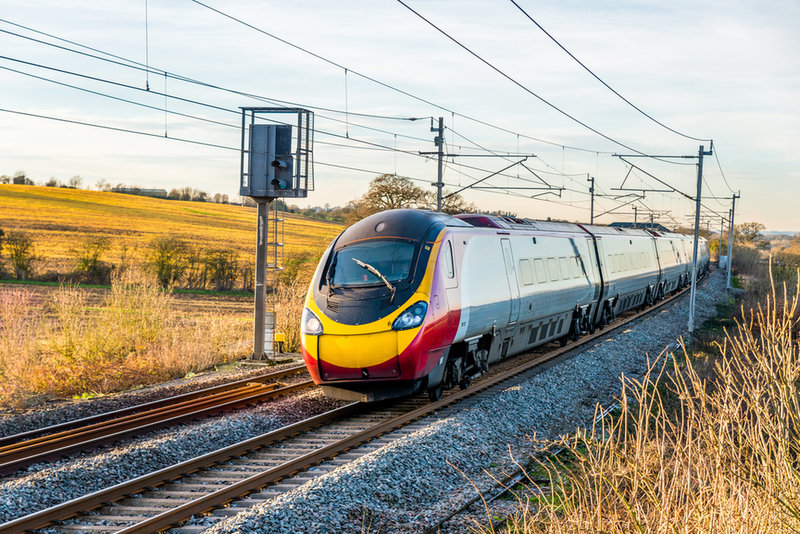Adele Berti: What is the idea behind Netskrt?
Siegfried Luft: The biggest issue on the network today is internet video [streaming] and if you take a look at the impact that video has on the network, it's not just a little bit. It's a tremendous amount of extra data. For example, a few years back I acquired an internet service provider. Five years ago, my average subscriber would have 2GB a month. Today, the average is around 300GB, so 150 times more data.
It's not that people have dramatically changed [the time they spend] on their computers or watching television and certainly not [people sending and receiving] more emails. It's just that when you start watching video an enormous amount of data is needed to display all that definition on the screen.
The other aspect of internet streaming is that it's certainly coming into its dominance today. It's not just a massive growth, everybody is consuming data now. So, people's opinions are changing and their expectations are changing. We're seeing a demand from the consumer that is starting to outpace the ability of the provider and that’s the basis for Netskrt.
Why is this relevant for the rail industry?
A solution that has been out there forever is video on demand and the challenge here is that in the case of trains, a train operating company (TOC) has to license the content that they're going to provide. This is very expensive, like millions of pounds a year for a fleet and with that millions of pounds, you get [a few low-definition] movies.
More than once, we've heard TOCs saying that they felt like they were competing with Netflix. And the reality is that Netflix spends $18bn a year on content so it's hard to even suggest that you're competing.

On-demand services were a lifeline during the Covid-19 pandemic.
This is not the first time people have run into this type of problem in the world of networking and [the solution] is a sub-component of the internet called the content delivery network (CDN).
[Its operators] have been around since the beginning and they’ve taken servers and placed them at the edges of the network closer to where the people are. At those locations, you're beyond the bottleneck and that's why you can watch video on demand at home, because there are CDNs that are delivering the content closer to you.
So, we made this work in a mobile environment such as a train, and that's what we bring to the table.
How does a CDN work on trains?
First of all, when you look at your passengers, most of them have licences for tens of thousands of titles of content. They can stream that content anywhere except for when they get on a train because of the networking issue that I mentioned.
So, we deploy CDN onto the trains and the end user can simply go to the services that they usually go to [such as Netflix or Amazon Video] and it just works exceptionally well because the content physically is local on the train.
We haven't moved the video platform onto the train, but rather the heavy-lifting data that is used for displaying the video on it. So your device will be pointed to servers on the train, as opposed to servers that are not on the train.
Is the solution powered by mobile phone data or by the onboard train Wi-Fi?
It's powered by the Wi-Fi of the train, so it's still a service that the train provides. If you were to be on your cell phone, typically what happens is that you come in and out of coverage areas, so it works only at some points.

Connectivity ‘black spots’ on rail lines are a major obstacle to video on demand and streaming services.
One advantage of [mobile phone data] is that they're typically tied to antennas that are outside and tend to have better surface capacity, they just don't have enough for everybody on the train.
Have you found any new clients?
We do have some talks that should be rolling something out this year and we are in an active process with more than one TOC right now.
Are you planning on expanding this expertise to other applications?
Air is definitely very much on the radar for us and we have spoken to a number of airlines already. We have talked to cruise ships as well. There are other sectors that we apply to as well, such as hotels [and] hospitals - things like that all benefit from this technology.
